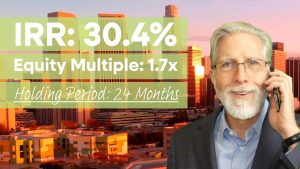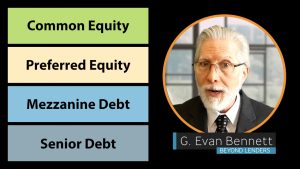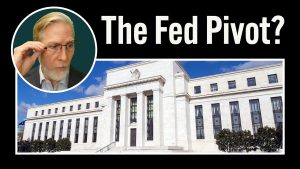Takeaways
- Aging baby boomers will produce tremendous tailwinds for senior housing.
- Inventory growth has slowed and now falls significantly below demand.
- The supply-demand imbalance makes for a tremendous investment opportunities
Now is the time to invest in senior housing. After facing unprecedented challenges during the Covid-19 pandemic, this alternative asset class in commercial real estate investing is now on a trajectory of strong recovery. What’s more, there are two key factors that will drive outsized returns over the next several years, making the outlook for senior housing very favorable for investors.
Unprecedented Demand for Senior Housing
Let’s start with demographics. Demand for senior housing is about to go through the roof as the first wave of baby boomers is on the verge of turning 80 in 2026. This milestone is significant in that it closely correlates with the average age that residents move into senior housing. As subsequent wave upon wave of octogenarian boomers crosses that threshold, it’s going to produce tremendous tailwinds for the property type, ones that will last for the next two decades. The last baby boomer won’t turn 80 until 2044.
Throughout their entire lives, the collective effect of baby boomers on American society has routinely been described as a “pig in the python,” a statistical bulge passing through a system that wasn’t necessarily designed for such a large meal but will nevertheless find some way to digest it. Born between 1946 and 1964, it’s estimated that the net population of baby boomers is currently about 69 million. That’s the reason why more than 10,000 people per day turn 65 in the United States. As a matter of fact, between 2024 and 2027, even that number is going to transitorily surge to over 11,000 per day.
Senior Citizens are Living Longer
Make no mistake about it, the population is aging, and these senior citizens are living longer than ever before. The average life expectancy at age 65 is currently 18 years for men and 20 years for women. Not surprisingly, data from the Census Bureau suggests that the 80+ population will grow by about 30% before the end of this decade and is forecasted to more than double by 2044. It’s going to result in a tremendous surge in demand for senior housing, a silver tsunami of demand that’s going to make the sector one of the best places to invest in commercial real estate.
Recently Stalled Construction Starts
That brings us to the second factor. If demand is on one side of the coin, what’s on the other? If you guessed “supply,” you are correct. The second factor is construction starts, which are currently at the lowest levels since the Great Financial Crisis. New construction of senior housing began decreasing during the COVID-19 pandemic. That slowdown was subsequently exacerbated by rising interest rates and the general lack of liquidity that came about when banks began implementing more conservative underwriting standards. There’s been less capital available for most types of development projects during the last couple of years, not only for senior housing.
In 2023, national inventory in the senior housing sector grew by only about 8,500 units. That’s below half the number of units that were delivered in each of the several years leading up to the pandemic. More significantly, it represents a level of supply that doesn’t come close to meeting the forecasted demand for senior housing. In a recently published report by Cushman & Wakefield, they estimated that the sector needs to start adding at least 35,000 units per year in order to keep up with the coming surge in demand. As things currently stand, there’s absolutely no way that’s going to happen, at least not over the short term. It’s a tremendous shortfall in construction starts that’s only going to magnify the supply shortages experienced over the next several years as baby boomers continue to age.
Senior Housing is Poised to Outperform
This imbalance between supply and demand is going to keep occupancy rates high and rent growth strong for a long time at well operated properties in the senior housing sector. It not only bodes well for existing inventory in the sector, but also suggests a need for significant levels of new development. In short, we’re about to enter a new era, one where senior housing becomes more of a mainstream investment, especially for institutional investors. The anticipated returns are simply too compelling for them to resist. That interest from such well capitalized investors is going to push values even higher, making senior housing, for all of the reasons I’ve discussed here, one of the most promising investments in commercial real estate at this time, right now.




















